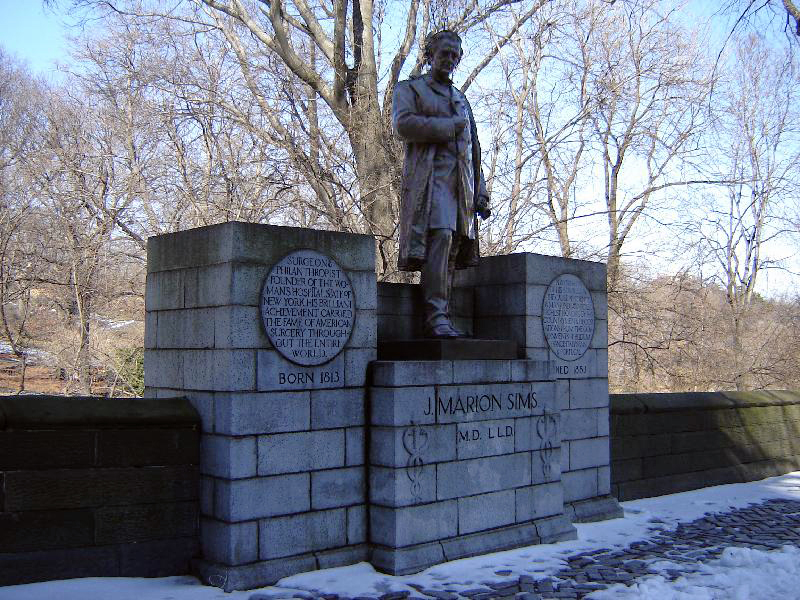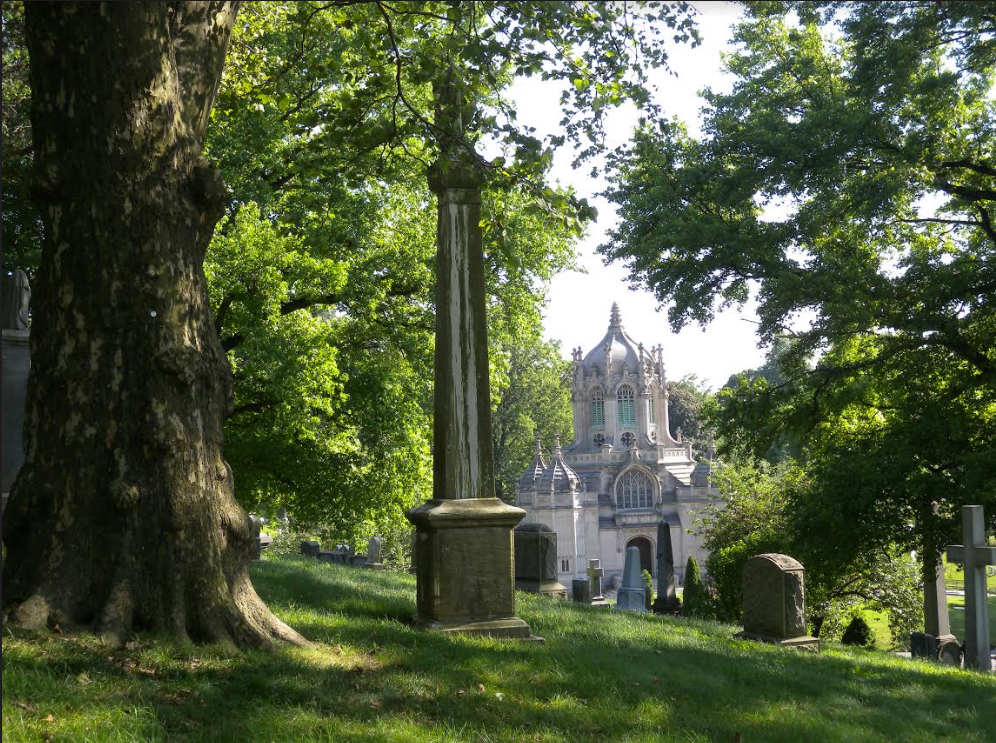Green-Wood Cemetery accepts a second disgraced statue
Monument to 19th-century doctor who experimented on slaves gets new home

It’s not a monument to a 19th-century doctor who experimented on slaves — it’s a jumping off point for a discussion of history.
That’s Green-Wood Cemetery’s explanation for why it has accepted a controversial statue of Dr. J. Marion Sims — the renowned, but tainted, man of medicine whose monument was removed from a Manhattan park and delivered to the celebrated Brooklyn boneyard on Tuesday. It’s the second tarnished artwork that the cemetery has accepted in recent years.
The statue of Sims had been identified as a “symbol of hate” by a mayoral commission charged with studying local monuments in the wake of a national reckoning over Confederate statues and other artwork that some communities might find offensive, such as statues of Christopher Columbus. Sims notoriously operated on black women without anesthesia. His experimental procedures also caused the death of numerous black babies. But he was also heralded for curing disease and founding the Woman’s Hospital — the first hospital for women in the United States — and America’s first cancer institute, New York Cancer Hospital.
